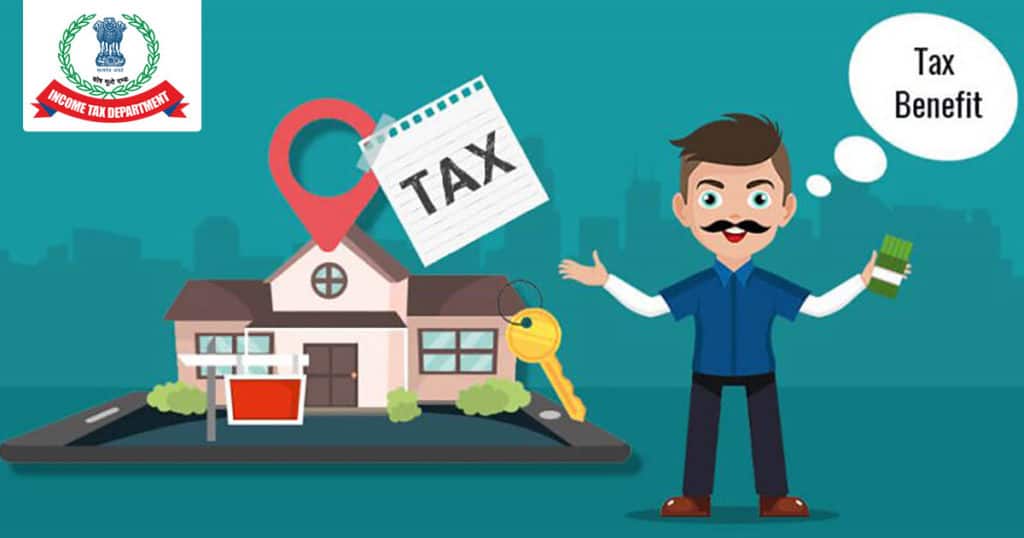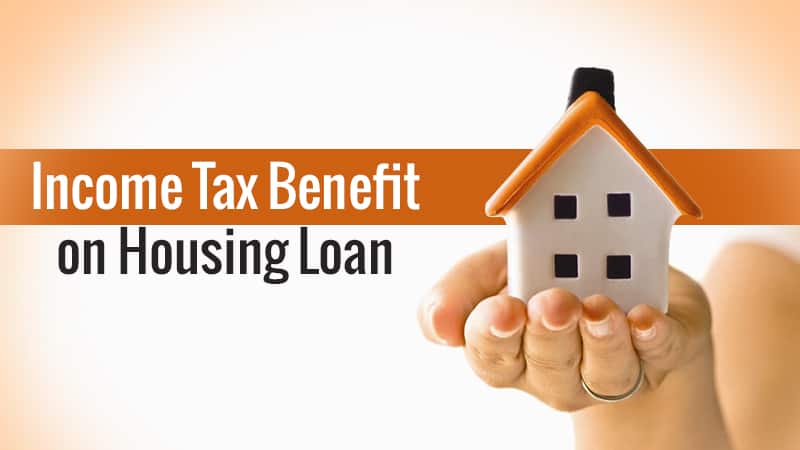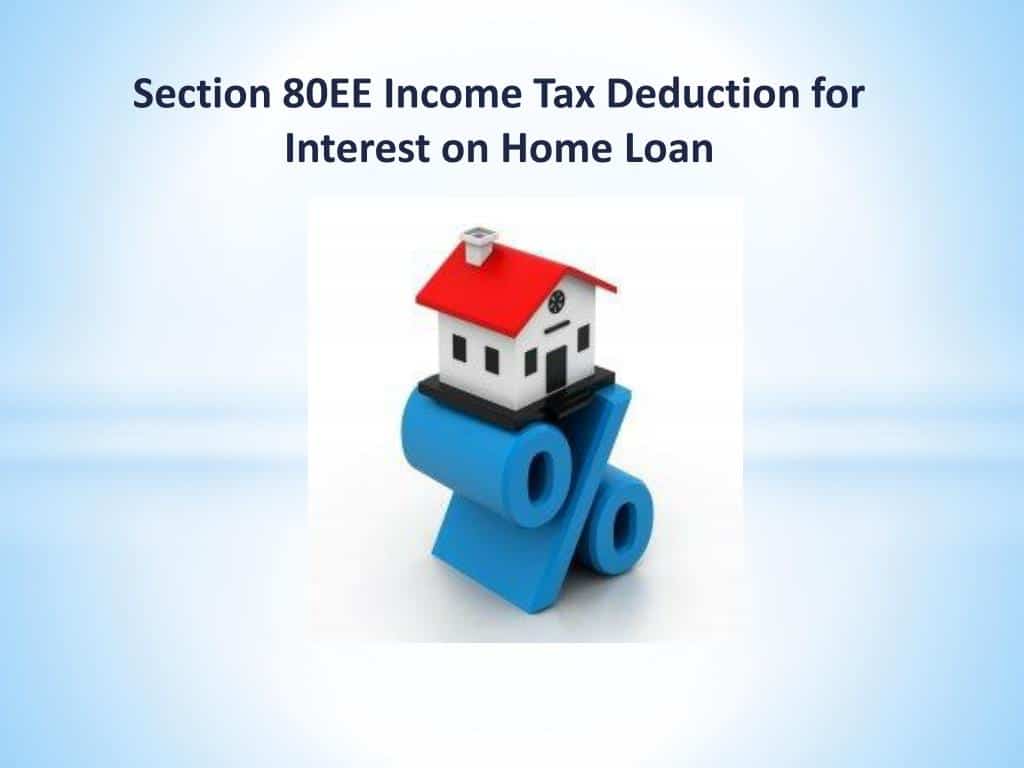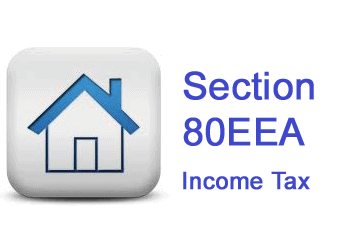Property Geek
We provide the actual and accurate information with unbiased user driven reviews to our viewers, to help them see the best and find the best!
View posts
Every individual has a dream to own a house of their own at some point in their life. The investment made on purchasing or owning a home would definitely be the biggest investment in an individual’s lifetime.
A majority of first-time homebuyers would apply for a home loan to help them in purchasing or constructing their dream home.
Property ownership comes with the responsibility of paying taxes. An individual’s income from house property is taxed depending on its ability to earn a specific amount of rent, even if the house has no occupancy.
To ensure that property purchases are advantageous, the government provides various income tax benefits for properties that are purchased on a home loan. Purchasing a property on a home loan provides added benefits – one can be a homeowner at a very early stage then they can be, to not solely be dependent on their savings.
Purchasing a property on a home loan has become worthwhile, considering that home loans are available at low-interest rates starting at 6.65% per annum.

Home loan borrowers repaying the loan amount can claim tax benefits on home loans under different sections of the Income Tax Act (ITA), 1961. Below mentioned are the following deductions that are allowed on home loan principal
Section 80c deduction is available for property construction and property purchase. It can be claimed if the property is self-occupied, rented, and deemed-to-be-rented properties.
Through Section 80C, approximately twelve investments or expenditures, which include payments that are done towards provident fund, public provident fund, life insurance policies, stamp duty and registration charge on property purchase, home loan principal, etc, are tax-free. Under Section 80c you can claim tax benefits of up to Rs 1.5 lakhs per annum.

If a property is co-owned, each borrower can claim Rs 1.5 lakhs as a tax deduction on their respective incomes under Section 80C of income tax. For spouses to claim the benefit, they have to be co-owners, as well as co-borrowers.
If a property is jointly owned, each co-borrower can claim Rs 2 lakhs as a tax deduction on their respective incomes under Section 80C. In this scenario, all the owners have to be co-borrowers.
Borrowers must also ensure that if they have paid more than Rs 2 lakhs as interest in a year, they have the option to carry the additional expense forward for another three years, to set off the losses. This option is available to only those property owners who are generating income from the house property.

Section 80EE is no longer available for people applying for new home loans. The borrowers who took the loan when section 80EE was applicable can claim the benefits for their tenure.
Since Section 80EE does not specify that the property must be self-occupied to claim the rebate, one can also claim the rebate on their rented or deemed to be let out property.

First-time buyers can claim Rs 3.5 lakh as interest deduction by combining the benefits under Section 24 and Section 80EEA. If the property is jointly owned, the co-borrowers can individually claim Rs 3.50 lakhs per annum as a tax benefit. Since Section 80EEA does not specify that the property must be self-occupied, the rebate can be claimed on the rented or deemed-to-be-let-out property.
The tax deduction is limited to Rs 1.50 lakhs per annum under Section 80C, while the rebate towards interest is Rs 2 lakhs.
Additional tax benefits are also offered to first-time homebuyers under Section 80EE and Section 80EEA.
Both borrowers can separately claim deductions of Rs 1.50 lakhs under Section 80C and Rs 2 lakhs under Section 24 while filing taxes, as long as they are co-borrowers as well as co-owners of the property.
The buyer can claim the tax deduction towards interest payment, only after completing the house’s construction.
After taking possession of the house, the buyer can claim the entire amount in five equal installments.
In this scenario, one can claim deductions towards the interest component under Section 24. The person from whom one borrows the money would also be compelled to issue you an interest certificate, based on which your deduction claim would be accepted.
The tax break is shared by each party in dimension to his contribution towards the EMI repayment.
Yes, you claim deductions on two home loans within the specific limit under Section 24 if the properties are self-occupied. Only for your first home, you can claim benefits under Section 80EE or 80EEA. For your second home, no deduction is available on the principal payment.
All banks provide online calculators that help borrowers arrive at the amount they can claim as income tax rebates. Details such as loan amount, loan tenure, interest rate, annual income, etc., have to be provided while using the online calculator.
It is a certificate that specifies the amount one pays every year as the principal and interest component of the loan home. The taxpayer has to submit this certificate, to claim deductions.
Only first-time buyers can claim deductions under Section 80EE and Section 80EEA. This helps them make their combined deductions as high as Rs 5 lakhs per annum. The benefit will double if the property is jointly owned.
Borrowers can avail of deduction on stamp duty and registration charges paid during a residential property acquisition within the maximum deduction of up to Rs.1.5 lakh under section 80C of income tax.